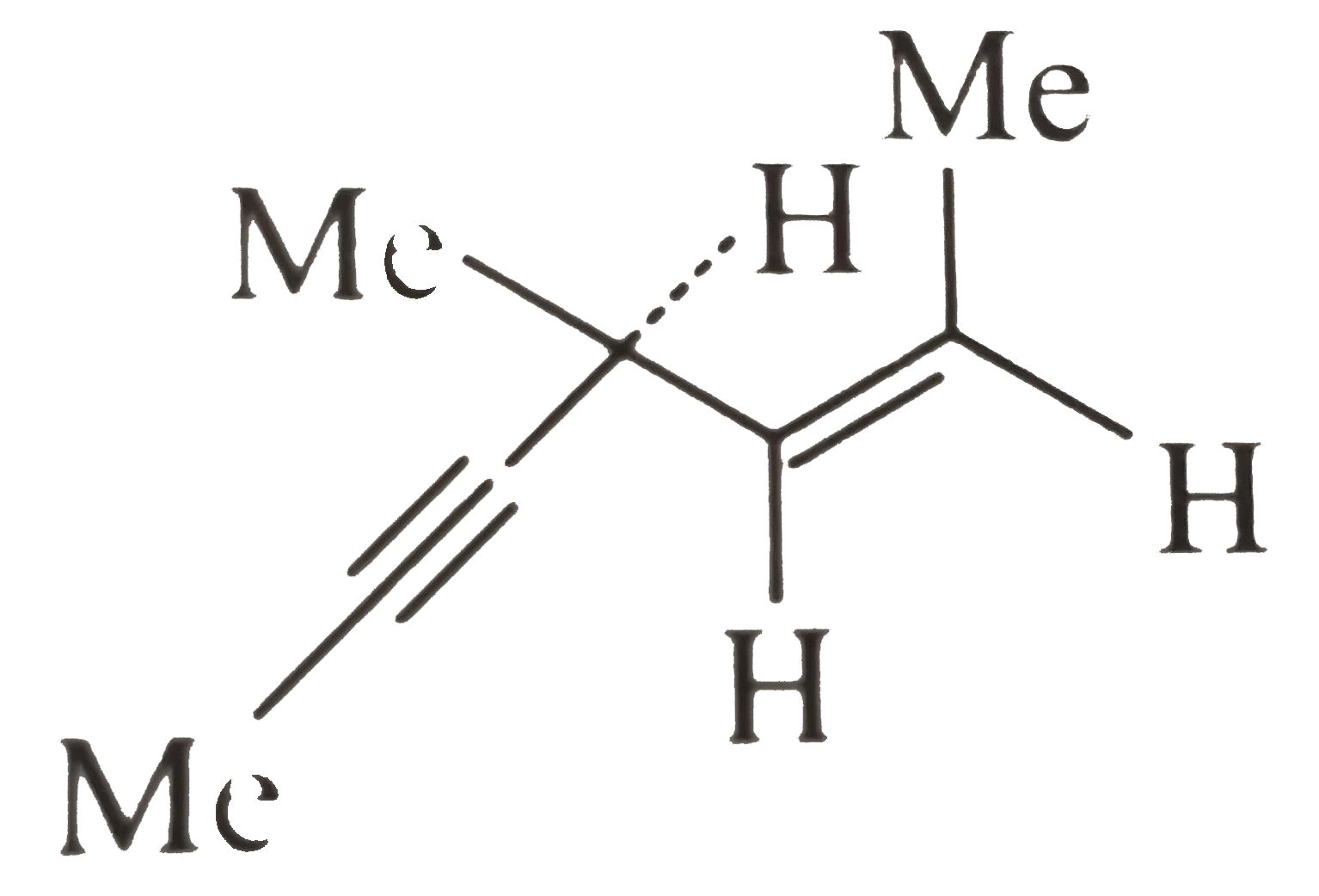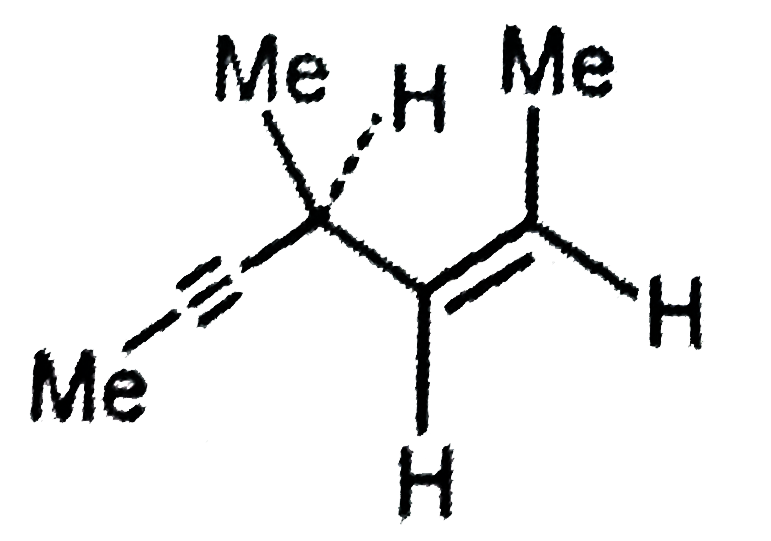Hydrogen combines with nitrogen to form _____ in the presence of iron as a catalyst at a high pressure and temperature
Step-by-Step Solution:
1. Identify the Reactants: The question states that hydrogen (H₂) combines with nitrogen (N₂). Therefore, we start by recognizing these two gases as the reactants in the chemical reaction.
2. Write the Chemical Equation: The reaction can be represented by the following balanced chemical equation:
N2+3H2→2NH3
This equation indicates that one mole of nitrogen reacts with three moles of hydrogen to produce two moles of ammonia (NH₃).
3. Identify the Conditions: The problem specifies that this reaction occurs in the presence of iron as a catalyst, at high pressure and high temperature. The catalyst (iron) helps to speed up the reaction without being consumed in the process.
4. Determine the Product: From the balanced equation, we see that the product formed from the reaction of hydrogen and nitrogen is ammonia (NH₃).
5. Conclude the Answer: Therefore, the complete statement will be: "Hydrogen combines with nitrogen to form ammonia in the presence of iron as a catalyst at high pressure and temperature."
---
N2+3H2→2NH3
This equation indicates that one mole of nitrogen reacts with three moles of hydrogen to produce two moles of ammonia (NH₃).
Topper's Solved these Questions
- BOOK - ICSECHAPTER - HYDROGEN EXERCISE - Exercise (Match the columns)1videos
HYDROGEN
- BOOK - ICSECHAPTER - HYDROGEN EXERCISE - Exercise (Write true or false . Correct the false statements)7videos
HYDROGEN
- BOOK - ICSECHAPTER - HYDROGEN EXERCISE - Exercise (Tick the most appropriate answer)7videos
HYDROGEN
- BOOK - ICSECHAPTER - ELEMENTS, COMPOUNDS AND MIXTURES EXERCISE - EXERCISES (Very short answer questions)10videos
ELEMENTS, COMPOUNDS AND MIXTURES
- BOOK - ICSECHAPTER - LANGUAGE OF CHEMISTRY EXERCISE - Exercise (Balance the following equations)4videos
LANGUAGE OF CHEMISTRY
Similar Questions
An element X of group 15 and period 2 exists as diatomic molecule. It combines with hydrogen and forms ammonia in the presence of a suitable catalyst.
Draw the electron dot structure of the diatomic molecule, and identify and name the type of bond formed.View SolutionAn element X of group 15 and period 2 exists as diatomic molecule. It combines with hydrogen and forms ammonia in the presence of a suitable catalyst.
Draw the electron dot structure of ammonia.View Solution
Knowledge Check
- Question 1 - Select One
Alkenes combine with carbon monoxide and hydrogen in presence of octacarbonyldicobalt as catalyst under high temperature and pressure to form
Aaldehydes which can be further reduced to alcohols by hydrogenBalkanes which are formed by addition of hydrogenCalcohols formed byb reaction CO and hydrogenDKetones which can be further reduced to aldehydes by hydrogen.
From the list of gases given, choose the gas/gases which match the description given below: Gases : Ammonia, nitrogen dioxide, methane, nitric oxide, hydrogen, oxygen, chlorine, nitrogen.
Two gases which react in the presence of copper catalyst at high temperatures to give an alcohol.View SolutionAn element X of group 15 and period 2 exists as diatomic molecule. It combines with hydrogen and forms ammonia in the presence of a suitable catalyst.
Identify the element X.View SolutionAn element X of group 15 and period 2 exists as diatomic molecule. It combines with hydrogen and forms ammonia in the presence of a suitable catalyst.
Write the electronic configuration of X and count the number of valence electrons.View Solution
Hydrogenation of the above compound in the presence of poisoned Pd catalyst gives:View SolutionHydrogenation of the adjoining compound in the presence of poisoned palladium catalyst gives.
 View Solution
View SolutionConsider the Assertion and Reason given below.
Assertion (A) : Ethene polymerized in the presence of Ziegler Natta Catalyst at high temperature and pressure is used to make buckets and dustbins.
Reason (R) : High density polymers are closely packed and are chemically inert.
Choose the correct answer from the following :View SolutionThe gas(es) used in the hydrogenation of oils in presence of nickel as a catalyst is/are:
View Solution

